5 Countries With Highest Number Of Landmines
By: Kratika Maheshwari Sat, 04 June 2022 2:47:02
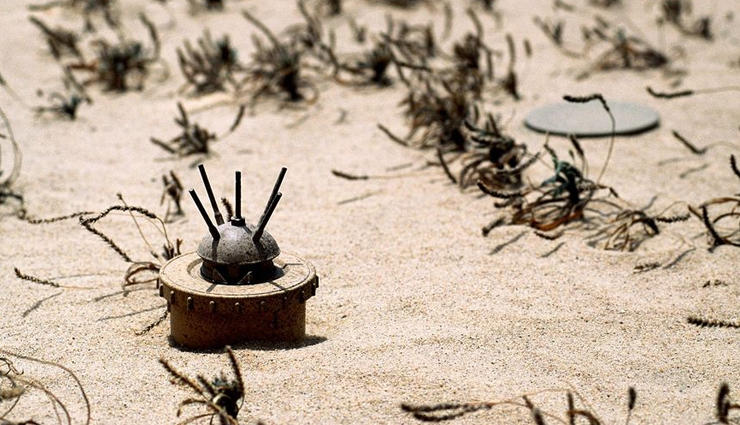
Land mines are controversial because they remain dangerous after the conflict in which they were deployed, killing and injuring civilians and rendering land impassable and unusable for decades. The International Campaign to Ban Landmines has sought to prohibit their use, culminating in the 1997 Convention on the Prohibition of the Use, Stockpiling, Production and Transfer of Anti-Personnel Mines and on their Destruction, known informally as the Ottawa Treaty. The UN estimates that with current technology, it will take nearly 1,100 years to clear all the mines in the world.
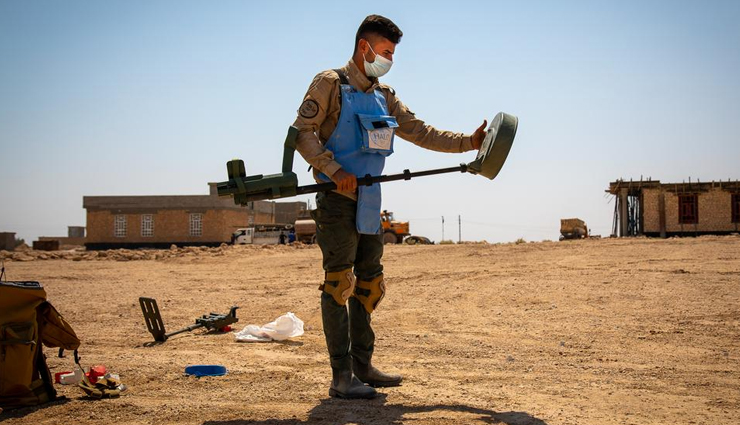
# Iraq
Landmine Count: 10 million
Iraq is severely affected by mines and unexploded ordnance (UXO) as a result of the 1991 Gulf War, the 1980-1988 Iraq-Iran War, two decades of internal conflict, and even World War Two. Landmines and UXO pose a problem in the north, along the Iran-Iraq border, and throughout the central and southern regions of the country. The number of mines planted in Iraq is not known, but it is estimated by the United Nations to be at least 10 million. A recently completed Landmine Impact Survey confirmed that all twenty-five districts in the three provinces (governorates) comprising northern Iraq are mine-affected, and 3,444 distinct areas suspected of mine and/or UXO contamination affect over 148,000 families (more than one in five) living in 1,096 mine-affected communities.
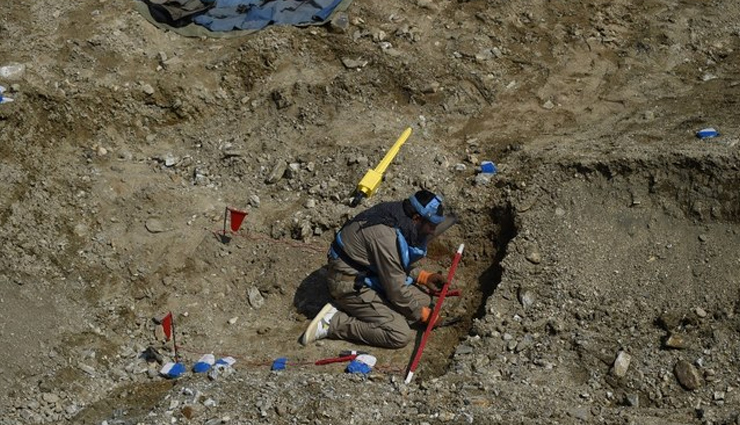
# Afghanistan
Landmine Count: 10 million
Afghanistan has suffered greatly from war since 1978, and all sides to the various armed conflicts have used antipersonnel mines, particularly Soviet forces and the Afghan government from 1979 to 1992. Landmines have been planted indiscriminately over most of the country. Agricultural farms, grazing areas, irrigation canals, residential areas, roads and footpaths, both in urban and rural areas, are contaminated. Mines are a major obstacle to repatriation, relief, rehabilitation and development activities. Landmines kill or maim an estimated ten to twelve people each day in Afghanistan. It is believed that almost 50 percent of landmine victims die due to lack of medical facilities.
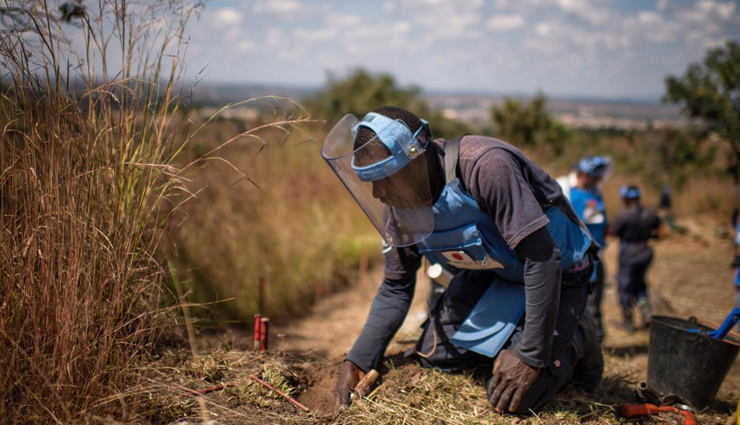
# Angola
Landmine Count: 10 to 20 million
Estimates of the number of Angolan landmines range between 10 and 20 million, which equates to at least 1 to 2 land mines for every person in the country. U.N. estimates put the number of Angolan amputees resulting from the silent killers at 70,000. For three decades mines were scattered in Angola’s fields, villages, roads, and other unexpected places to intimidate, maim and kill innocent victims. Land mines have a devastating effect upon the environment by restricting the movement of people, deterring farming, disrupting economies, and killing and mutilating many innocent men, women, and children. In 1993 a UN General Resolution moratorium on the sale and export of antipersonnel land mines was passed. However, international consensus has yet to be achieved and Angola’s problem continues unabated.
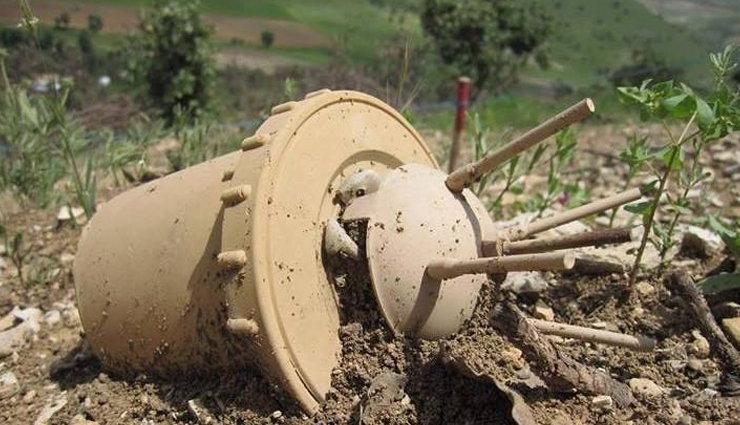
# Iran
Landmine Count: 16 million
Landmine and unexploded ordnance (UXO) contamination in west and southwest Iran, particularly the provinces of Kurdistan, Western Azerbaijan, Khuzestan, and Kermanshah, results from the 1980-1988 Iran-Iraq conflict. Government officials claim that Iraq planted some 16 million landmines in Iran during the 1980s, contaminating an area of over 42,000 square kilometers. Landmines and UXO are reported to have severely limited agricultural production in the five provinces along the Iraqi border. They also compromise exploitation of oil fields. Mine and UXO contamination has affected historical sites and hindered archeological studies in southwest Iran.
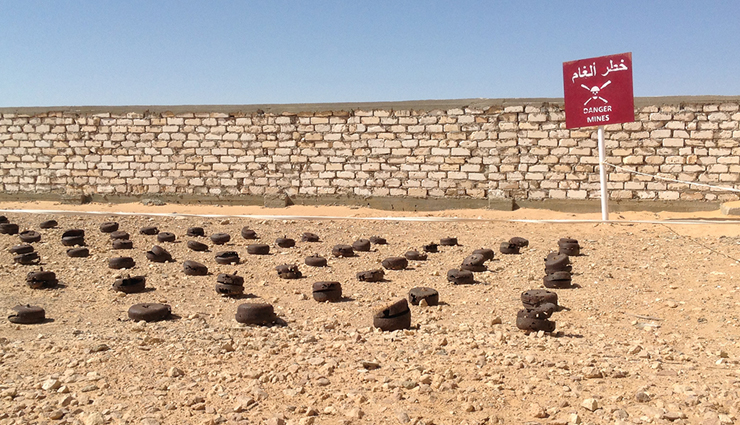
# Egypt
Landmine Count: 23 million
World War II and the Egypt-Israel wars of 1956, 1967, and 1973 have left Egypt a mine-affected country. Egypt often cites a figure of 23 million landmines buried in the country. Egypt’s problem stems from the fact that its land mines are old and hard to locate and were designed for use against tanks, whereas international criticism is generally focused on anti-personnel mines. According to the ministry of defense, mines have hampered human and economic development and have killed and injured thousands of civilians. Seven million mines have been cleared from the western desert in the past 15 years and three million from the Sinai desert. The nomadic people refer to waste tracts of desert minefields as “The Devil’s Garden.”





